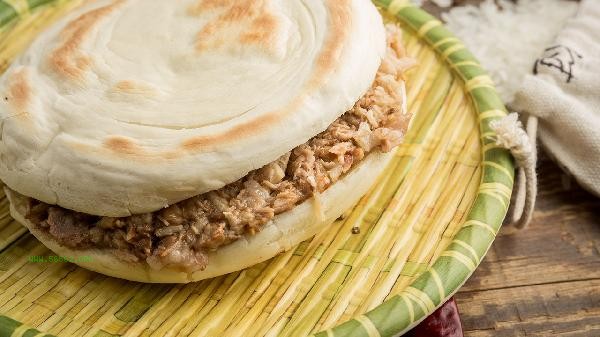Muscle type obesity is most afraid of controlling calorie intake, reducing high-intensity anaerobic exercise, and avoiding excessive protein supplementation. Muscle type obesity usually manifests as high muscle mass but excessive body fat percentage, requiring targeted adjustments to weight loss strategies.

1. Control calorie intake
Muscle type obese individuals have higher basal metabolism, but excessive calories can still be converted into fat accumulation. It is recommended to control the daily calorie deficit within a reasonable range to avoid muscle loss caused by extreme dieting. Prioritize low glycemic index staple foods such as oats and brown rice, and pair them with sufficient vegetables and fruits to ensure vitamin and dietary fiber intake. The protein intake may be slightly higher than that of the general weight loss population, but it needs to be absorbed in three meals.
2. Reduce high-intensity anaerobic exercise
Excessive strength training can stimulate sustained muscle growth, which may exacerbate the visual sense of heaviness. It is recommended to reduce the frequency of anaerobic exercise to no more than 3 times a week, with a maximum training time of 60 minutes per session. You can switch to a cyclic training mode, using medium weight, multiple sets, and short intervals to maintain muscle mass while avoiding excessive muscle gain. Timely perform fascial relaxation after exercise to improve muscle elasticity.

3. Avoid excessive protein supplementation
Proteins that exceed demand will be converted into energy through gluconeogenesis, and the excess may be stored as fat. The recommended daily protein intake is 1.2-1.5 grams per kilogram of body weight, and supplementing 20-30 grams within 30 minutes after exercise is sufficient. Be cautious with high protein supplements such as muscle powder, and choose isolated products for whey protein. Pay attention to the color of urine, excessive yellowing may indicate an increased burden on protein metabolism.

The weight loss plan for muscle type obesity needs to balance muscle preservation and fat elimination. It is recommended to adopt a high and low carbon water cycle diet, with a focus on compound aerobic exercise such as swimming, rowing, and other whole-body exercises, 4-5 times a week for 45 minutes each time. At the same time, strengthen flexibility training and improve muscle lines through yoga and Pilates. When the body fat percentage drops below 18%, regular strength training can be gradually resumed. Monitoring changes in circumference can better reflect the effectiveness of weight loss than body weight. If necessary, professional fitness nutritionists can be consulted to develop personalized plans.








Comments (0)
Leave a Comment
No comments yet
Be the first to share your thoughts!